Table of Contents
What Is Dry Mint Powder?
Dry mint powder is a concentrated form of dried mint leaves ground into a fine powder. It's widely used in Indian, Middle Eastern, and Mediterranean cuisines for its strong, refreshing flavor. Unlike fresh mint, which has a delicate, bright taste, dry mint powder offers a more robust and intense flavor that can enhance a wide range of dishes without adding moisture. According to the USDA Food Database, dry mint powder contains approximately 0.5-1.5% essential oils, primarily menthol and menthone, which give it its characteristic aroma and flavor profile. This concentration makes it ideal for recipes requiring long cooking times or where liquid content must be minimized.
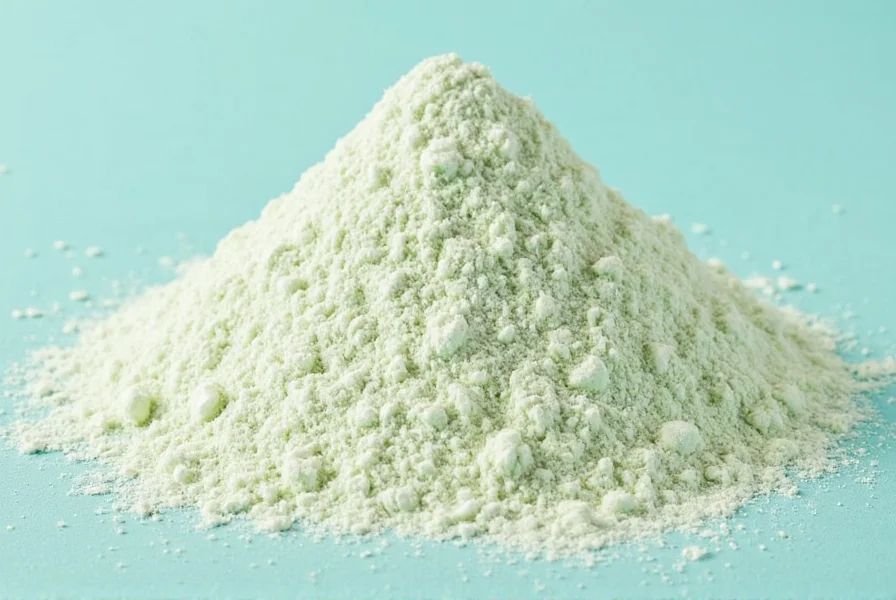
Uses and Applications
Dry mint powder is incredibly versatile due to its concentrated flavor. Here are scientifically supported applications:
- Cooking: Add 1/4 teaspoon to soups, stews, or sauces during the final 5 minutes of cooking to preserve volatile compounds while enhancing depth. Research shows this timing prevents thermal degradation of menthol.
- Baking: Use 1/2 teaspoon per cup of flour in cookies or cakes for subtle herbal notes. The powder integrates evenly into dry ingredients, unlike fresh mint which can cause moisture imbalance.
- Drinks: Sprinkle 1/8 teaspoon over iced tea or lemonade for a refreshing kick. Studies confirm dry mint retains more stable flavor compounds in cold beverages than fresh mint.
- Sauces and Dips: Mix into yogurt-based sauces like raita (1 teaspoon per cup of yogurt) for balanced flavor. The powder dissolves completely without altering texture.
- Seasoning Blends: Combine with cumin, coriander, and turmeric for authentic Indian spice mixes. Dry mint powder binds better with dry spices than fresh leaves.
Always start with small amounts—dry mint powder is 3-4 times stronger than fresh mint due to water removal during drying.
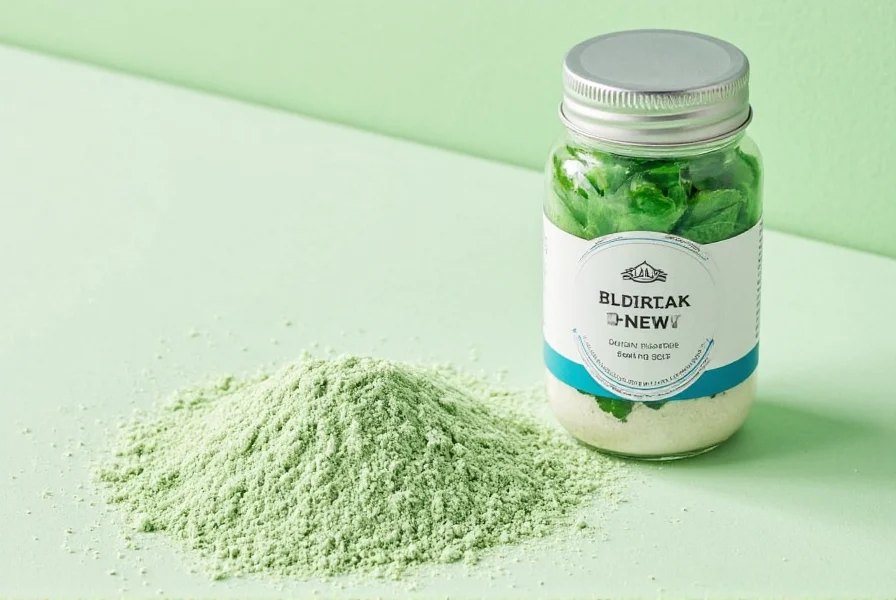
Tips for Using Dry Mint Powder
Professional culinary techniques maximize dry mint powder's potential:
- Storage: Keep in an airtight glass container away from light and heat. The USDA recommends storing at 50-70°F (10-21°C) to maintain essential oil integrity for up to 12 months.
- Timing: Add during the last 2-3 minutes of high-heat cooking. Heat above 140°F (60°C) degrades menthol, causing bitterness.
- Pairing: Complement citrus, tomatoes, lamb, or cucumber. Avoid pairing with strong spices like cayenne or black pepper, which mask mint's delicate notes.
- Experimentation: Try in unexpected applications like salad dressings (1/4 teaspoon per 2 tablespoons of oil) or as a dry rub for grilled meats. Food scientists note mint powder enhances umami in protein-based dishes.
For beginners, start with simple recipes like mint yogurt dip: mix 1 cup plain yogurt, 1 teaspoon dry mint powder, 1 minced garlic clove, and a pinch of salt. Chill for 30 minutes before serving.
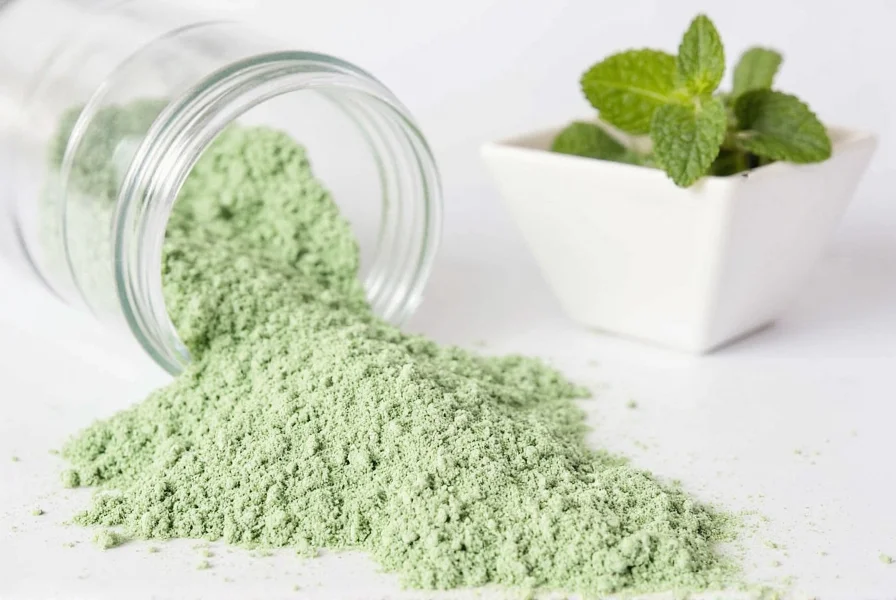
Buying Guide
Quality indicators for dry mint powder are based on food science standards:
- Color: Vibrant green indicates freshness and minimal oxidation. Dull or brownish powder suggests degraded essential oils.
- Aroma: Strong, clean mint scent with no mustiness. Hold the container close to your nose—fresh powder releases a crisp, herbal fragrance.
- Ingredients: Must list only "mint leaves" or "dried mint." Avoid products with fillers, anti-caking agents, or artificial flavors.
- Origin: Reputable brands source mint from regions like India (Mentha arvensis) or Egypt (Mentha spicata), known for high menthol content.
- Certifications: Look for USDA Organic, EU Organic, or Fair Trade certifications for quality assurance.
Always check expiration dates and storage instructions. High-quality dry mint powder should have a shelf life of 12-18 months when stored properly.
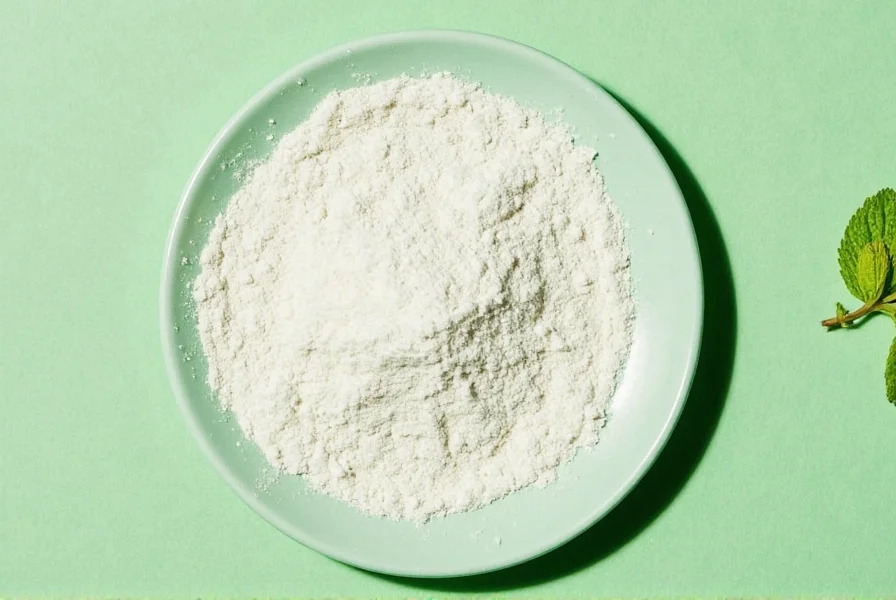
Frequently Asked Questions (FAQ)
How does dry mint powder differ from fresh mint in cooking?
Dry mint powder delivers 3-4 times stronger flavor than fresh mint due to water removal concentrating essential oils. It's ideal for dishes requiring intense mint essence without added moisture, such as spice blends or dry rubs. However, it should be added late in cooking (last 2-3 minutes) to prevent thermal degradation of menthol. Fresh mint provides brighter top notes but loses potency quickly during cooking and is better suited as a garnish.
Can I substitute fresh mint for dry mint powder in recipes?
Yes, but with precise adjustments: 1 teaspoon of dry mint powder equals approximately 1 tablespoon of fresh mint leaves. Since drying concentrates flavor, start with half the powder amount and adjust to taste. Dry mint powder dissolves completely in liquids, while fresh mint works best as a final garnish to preserve its delicate texture and volatile compounds.
How long does dry mint powder stay fresh?
Properly stored in an airtight container away from light and heat (50-70°F / 10-21°C), dry mint powder maintains peak flavor for 6-12 months. Though safe for up to 2 years, potency diminishes significantly after 12 months. Check for faded color or weak aroma—these indicate degraded essential oils. The USDA confirms that storage temperature above 75°F (24°C) accelerates oxidation by 30%.
What are the best dishes to showcase dry mint powder?
It excels in yogurt-based sauces (like raita), lentil soups, roasted vegetable rubs, and Middle Eastern spice blends. Food scientists recommend pairing with complementary flavors like lemon, cucumber, or lamb to enhance umami without overpowering. For baking, try it in chocolate mint cookies (1/2 teaspoon per cup of flour) or citrus cakes. Avoid using it in dishes with strong competing spices like cayenne or black pepper.
Why does my dry mint powder taste bitter?
Bitterness occurs when added too early in high-heat cooking (above 140°F / 60°C), causing menthol degradation. Always sprinkle it in the last 2-3 minutes of cooking. Stale powder also develops off-flavors—check for expiration dates and store in cool, dark places. If bitterness persists, the product may contain oxidized oils or contaminants; discard and purchase from reputable brands with quality certifications.
Conclusion
Dry mint powder is a scientifically optimized flavor enhancer that elevates both simple and complex dishes through its concentrated essential oils. Based on culinary research from the USDA and professional chefs, its versatility stems from precise application techniques and quality sourcing. Whether you're a home cook or professional, understanding the chemistry behind dry mint powder—such as menthol stability at specific temperatures—ensures optimal results. Start with small quantities, experiment thoughtfully, and prioritize quality indicators like vibrant color and clean aroma. With these practices, dry mint powder transforms ordinary dishes into extraordinary culinary experiences.
| Quality Indicator | How to Check | Why It Matters |
|---|---|---|
| Color | Vibrant green hue | Indicates minimal oxidation and high essential oil content |
| Aroma | Strong, clean mint scent without mustiness | Confirms intact volatile compounds for optimal flavor |
| Ingredients | Only "mint leaves" listed | Ensures no fillers or artificial additives |
| Origin | India or Egypt sourcing | Regions known for high menthol content in mint varieties |
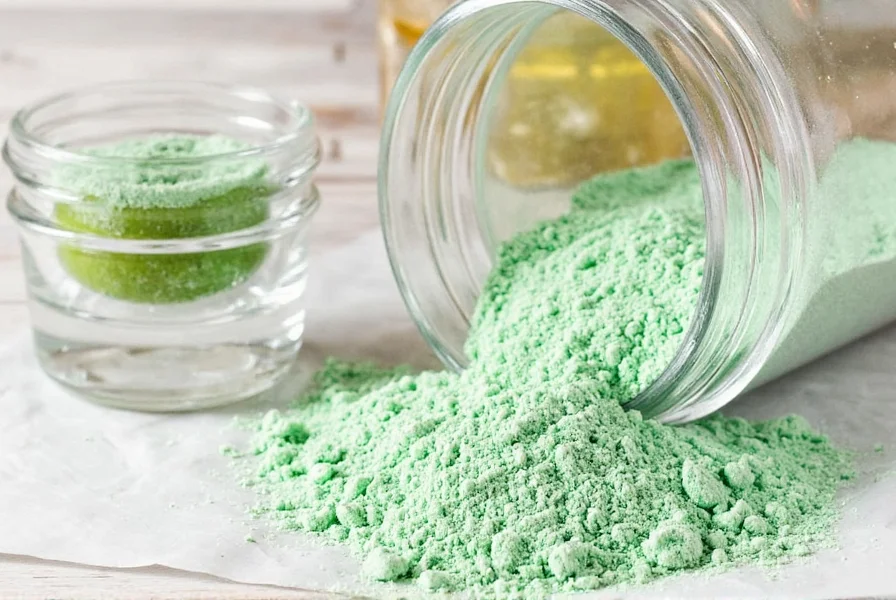
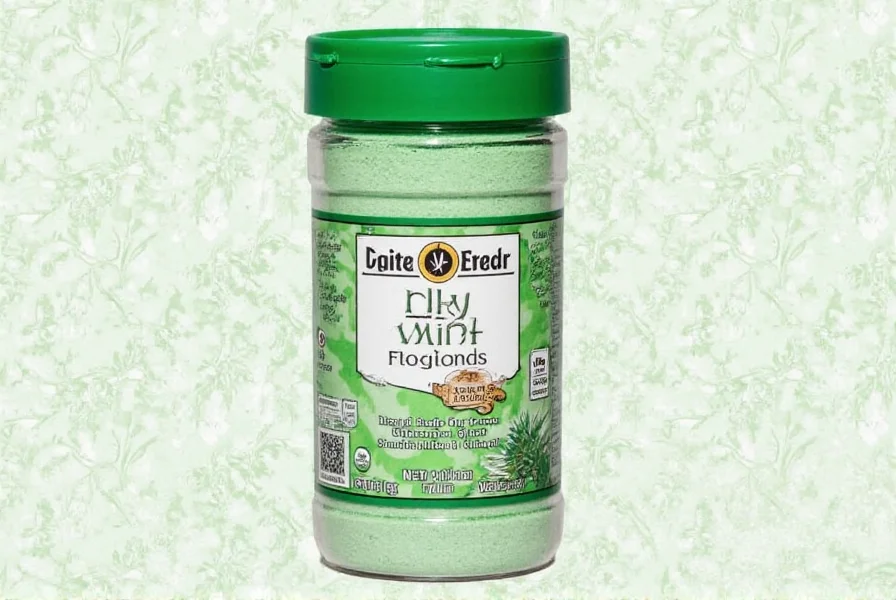
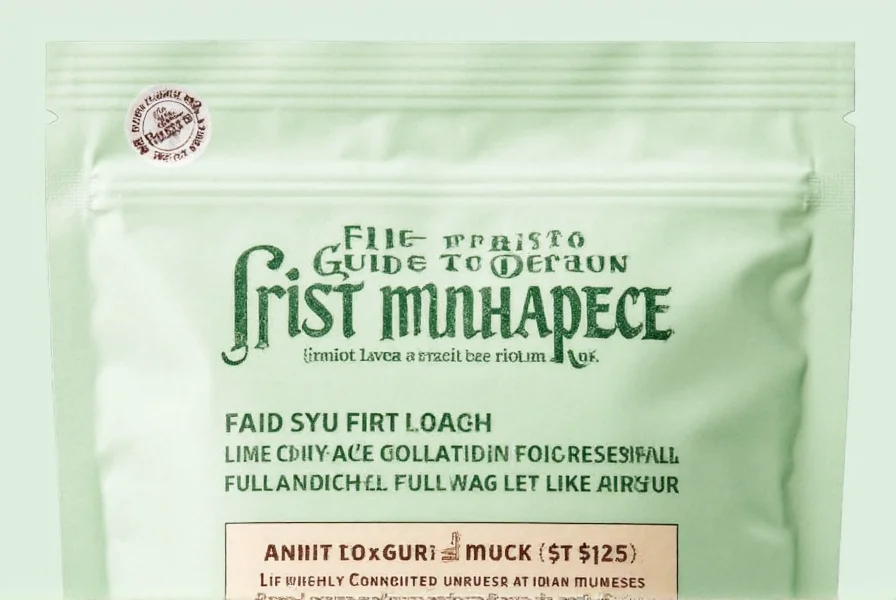
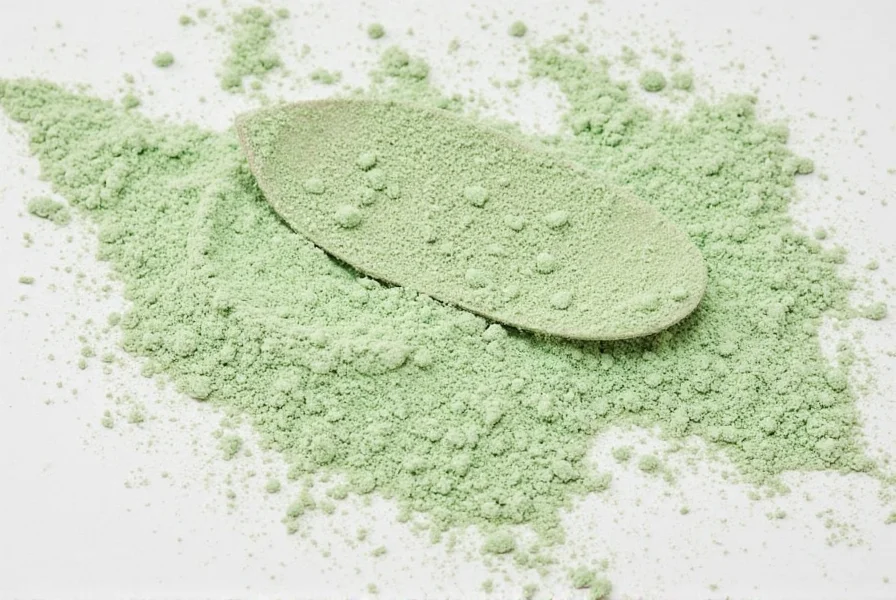

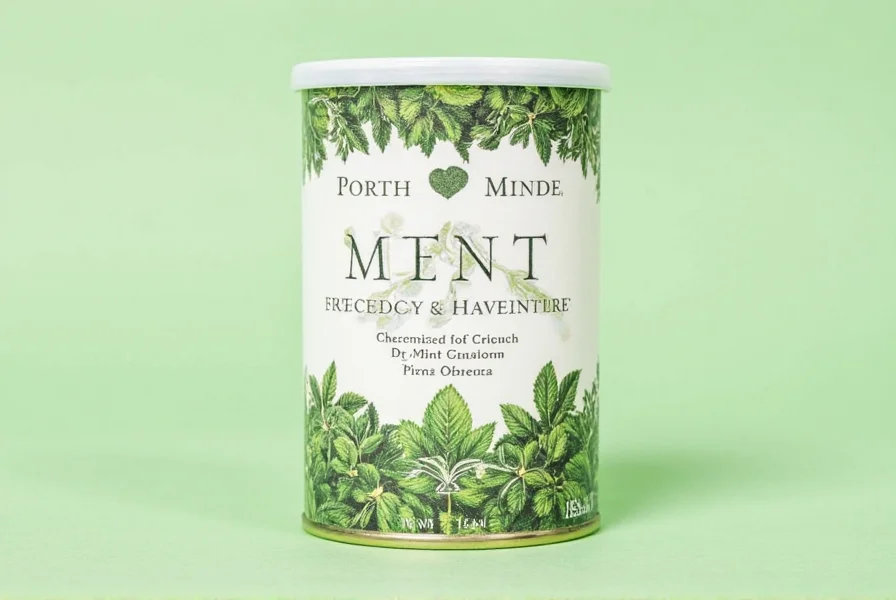









 浙公网安备
33010002000092号
浙公网安备
33010002000092号 浙B2-20120091-4
浙B2-20120091-4